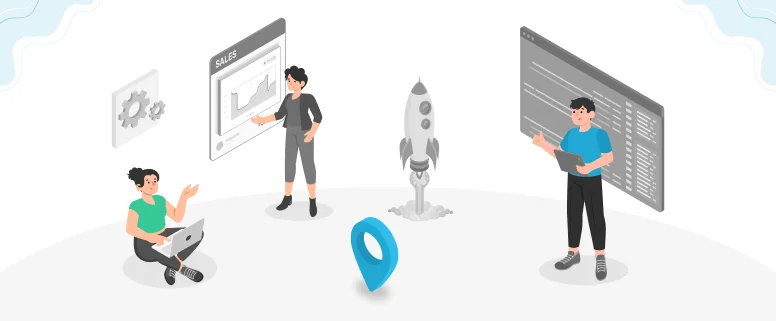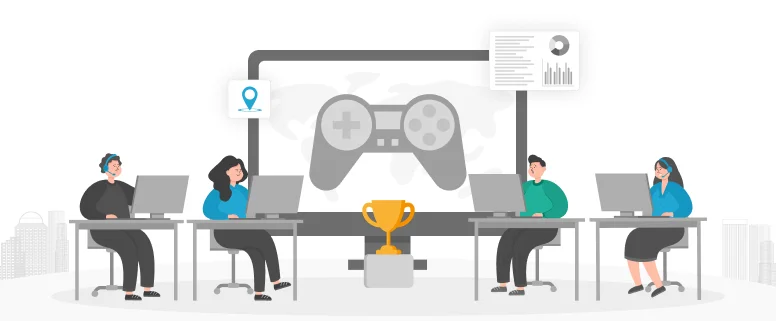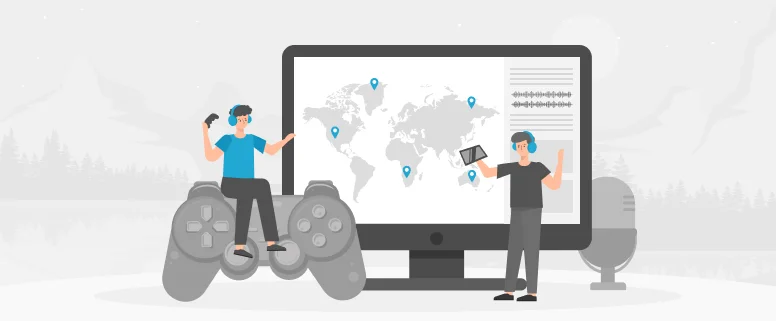Document translation is required in every part of life. Let’s assume, you want to start a business in a foreign country. For this, you need to translate your documents into a language that is understood by the employees and customers of the foreign land. Employees need a document translation to know the instructions given by the head office and how to comply with all the rules and regulations of the head office.
Document translation is also required if you have a manufacturing business, you need to understand how to operate machinery for the production of products. Error in document translation will result in the malfunctioning of the machine which can be risky for the employee’s life. On the other hand, if you want people to become consumers then you need a document translation especially in the case of electronics so that they can use the electronic equipment safely. Quality and accuracy matter a lot in document translation.
Let’s have a look at 7 key practices for impeccable document translation.
1. Product Interface
Go for the Product Interface before going for manual translations. Every business goes for document translation services options that are efficient and cost-effective. You need to know the requirements of the product interface, especially the space constraints so that you can translate the abbreviations well. Furthermore, you should translate the interface of the updated screens first. In this way, manual translation synchronizes with what appears on the screen. Some companies hire in-country engineers for the translation of the interface which is not appropriate. It creates inconsistencies in the document and gives a bad impression to the user.
2. Graphic Files
Don’t mix your graphic files with embedded text. This is the most important step while translating lengthy manuals. It can be a lengthy and costly procedure for your document translation project, and it needs to be avoided. The text of your document should be live so that executing translation becomes easy. For the translation of MS Word files, insert boxes in your graphics and for multilingual projects, use numbers and graphics and leave a space for a reference table. If you are going for InDesign projects, don’t use embedding files in your graphics so that you don’t have to manually extract files from a PDF and then emerge it.
3. Use More Pictures
People tend to understand more from pictures and diagrams than from long texts. One of the best examples is of Swedish home furniture company IKEA, they use more pictures instead of words in their user manuals. This is the best method to reduce the cost of translation because the translation of the document is charged on word count. If you want a cost-effective translation solution for your documents then you should replace words with pictures.
4. Leave Ample Space
You should leave ample space in your product manuals. It becomes very difficult for users to read the user manual if it is jumbled up. Manuals with ample space are easy for users to read. It further helps in translation. Translation of products manual with space is easy to translate. This is because some languages expand after the translation process and take up a large space. For example, if you want to translate your manual from English to some other language, it may take more space. If you have ample space in your English documents then it means when you translate it into other languages then your document has enough space to fit the other language in the document. Furthermore, you don’t have to spend time and money to accommodate the other language in the translated document.
5. Provide Exportable Text in Files
For the interface translation of your manual, you need to provide exportable text in files. For example, if your company wants to translate a CAD technical drawing or software interface, then you need to export and send the text in an Excel file. This will save a lot of time and cost. You can provide these Excel files to your engineers thus many translators do not work directly in engineering applications like CAD. Translation of CAD files if not exported will take a lot of time and will increase the cost of your translation.
6. Analyze Your Document
Analyze your document before sending them for translation. Giving instructions to in-country or other internal reviewers about translation will give a translator great assistance in the translation process. They are required when your document has technical terminologies and acronyms that are not known to the common man. You should know about the acronyms that need to be used while translating. You need to be proactive in providing definitions and instructions to the translator so that you get your documents translated on time. It is recommended to provide translators with terminology assistance upfront.
7. Review Your Document
Review your document before sending them for translation. Provide your document in simple and precise English. If the translators are unable to understand your original documents then they will find difficulty in translating your document and can make mistakes. Your document should be professionally written and you should review and edit it before sending it for translation. It needs to be finalized thoroughly. Working on the final copy will help to mitigate translation errors and save you time and money.
Wrapping Up
Do you want a state-of-the-art document translation with a fast turnaround time and economical rates? Don’t worry, CCJK is here for you. You need to provide us with information regarding your document translation requirements. We have a team of native translators that are subject matter experts in their fields and provide you with impeccable document translations in more than 230 languages.







